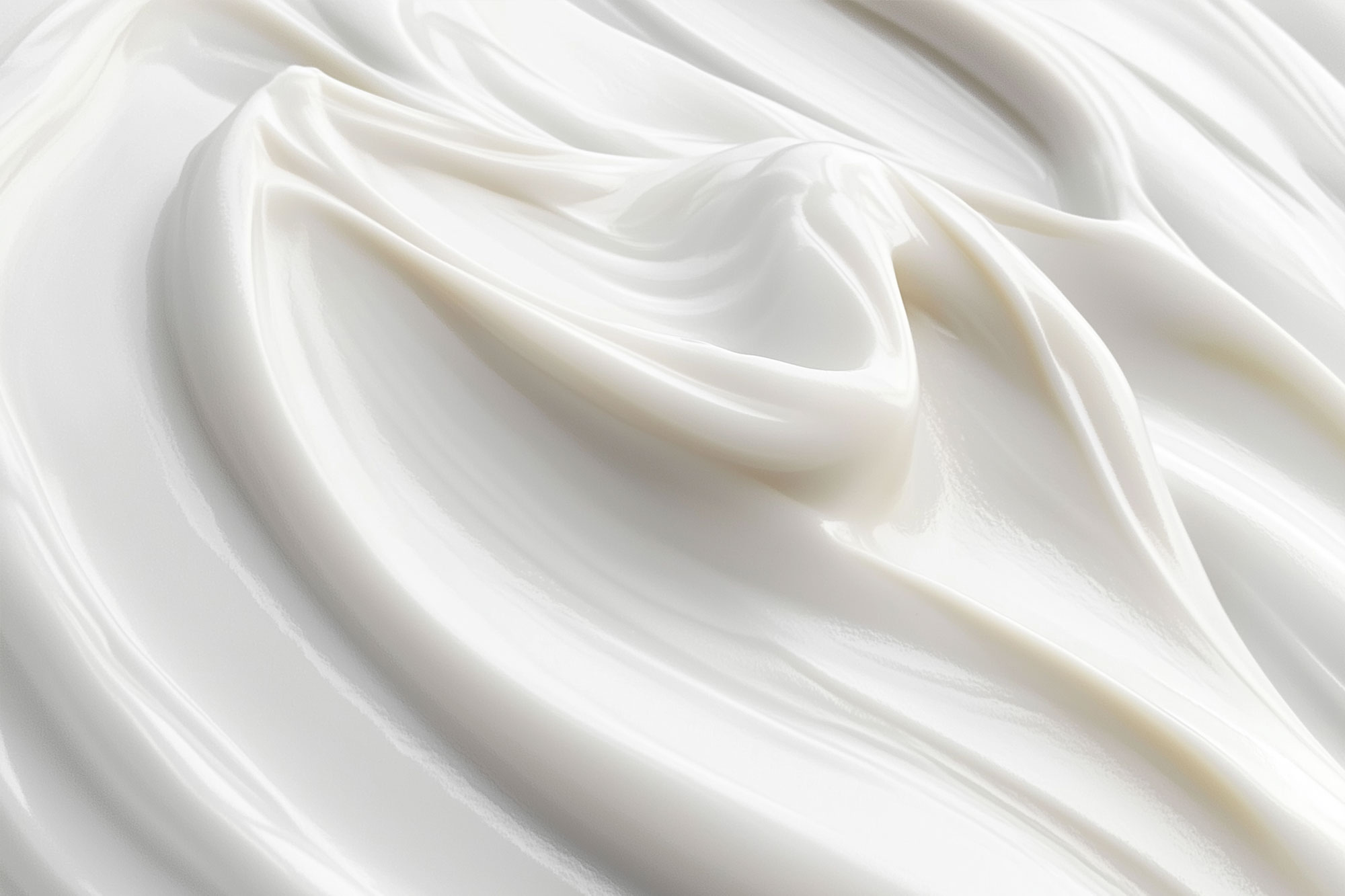
Polyethylene glycols (PEGs) are a class of synthetic compounds widely used in the cosmetic and pharmaceutical industries. As emulsifiers, humectants, and stabilisers, PEGs help to maintain the texture, moisture, and spreadability of various products. However, their use has come under scrutiny due to concerns about their petroleum-derived origins and potential health impacts — let’s take a closer look at these aspects.
UNDERSTANDING PEGS: СAN THEY BE PETROLEUM-FREE?
WHAT ARE PEGS?
PEGs, or polyethylene glycols, are hydrophilic polymers created by combining ethylene oxide with water. This process results in compounds with a range of molecular weights, which is why PEGs are often labelled with numbers, like PEG-8 or PEG-20. The number following "PEG" represents the average number of ethylene glycol units in the molecule — PEG-8 has eight units, making it lighter and more water-soluble, whereas PEG-20 has more units, making it thicker and less water-soluble. This variation in molecular weight impacts the functionality of PEGs, affecting properties like their ability to act as surfactants, thickeners, or moisture-retaining agents in cosmetics.
In cosmetic formulations, PEGs come in a variety of forms, each with distinct uses. Some common types include:
- PEG ethers (e.g., laureths, ceteths, and oleths), which are often used as emulsifiers or cleansing agents,
- PEG fatty acids (e.g., PEG laurates, stearates), valued for their emollient properties,
- PEG castor oils, used for their lubricating qualities,
- PEG amine ethers (like PEG cocamines), which function as conditioning agents,
- PEG propylene glycols and other specialized PEG derivatives (such as PEG soy sterols and PEG beeswax), which may serve as stabilizers or thickeners.
SYNONYMS AND MOLECULAR WEIGHT DISTINCTIONS FOR PEG COMPOUNDS
PEGs, ranging in molecular weight from PEG-4 (200) to PEG-180M (8,000,000), are commonly used in cosmetics. Anionic and nonionic PEG derivatives function as surfactants, skin conditioners, cleansing agents, humectants, and emulsifiers. These ingredients are widely found in creams, lipsticks, hair care products, lotions, and toothpastes without penetrating deeply into the skin. For example, PEG-10 helps create a smooth, consistent texture, allowing the product to blend seamlessly on the skin. It also acts as a humectant, helping to retain moisture throughout the day, which is especially important in color cosmetics that are expected to last.
Commercially, PEGs are available as mixtures of different molecular weights, sometimes designated by terms like PEG-10,000, which typically refers to a blend of molecules averaging 10,000 g/mol. The terms polyethylene oxide (PEO) and polyoxyethylene (POE) are also used interchangeably with PEG, although PEGs generally refer to molecules below 20,000 g/mol in mass, PEOs to those above, and POE encompasses any molecular weight [1].
SAFETY EVALUATION OF PEG COMPOUNDS FOR COSMETIC USE
European regulatory agencies and CIR closely monitor PEG levels in cosmetics to ensure consumer safety, and available toxicity data—spanning acute, short-term, and chronic exposure—supports the safe use of PEGs at the concentrations typically used in cosmetic products. PEGs are not classified as genotoxic, carcinogenic, or reproductive/developmental toxicants. Although they may cause minor eye irritation in some cases, they are generally not skin irritants or sensitizers in individuals with normal skin [2].
The physical and biological properties of PEGs vary with their molecular weight, affecting their function in different formulations. PEGs may contain trace amounts of 1,4-dioxane, a byproduct of ethoxylation and a known animal carcinogen, as well as ethylene oxide [3]. However, the cosmetic industry is aware of these potential impurities and implements purification steps to reduce their presence. The Expert Panel stresses the need for continued purification to ensure safety, and current data confirms that PEGs, particularly those with molecular weights of PEG-4 and above, are safe in cosmetic use as per existing regulations [3].
CAN PEGS BE PETROLEUM-FREE?
The main concern with PEGs is that they are derived from ethylene oxide, a petroleum-based substance. In terms of biodegradability, PEGs are generally resistant to natural breakdown, especially high-molecular-weight PEGs (over 4,000), which degrade slowly and require specific conditions and microorganisms. Lower-weight PEGs are somewhat more biodegradable, but still limited in their breakdown capacity under typical environmental conditions [4]. As sustainability becomes a growing focus in cosmetics, many brands are seeking alternatives to petroleum-derived ingredients. Although PEGs are effective, the reliance on fossil fuels for their production raises environmental concerns. However, some manufacturers have developed bio-based versions of PEGs derived from renewable resources such as sugarcane or corn. These alternatives maintain the functional properties of conventional PEGs but are considered more eco-friendly [5].
CONCLUSION
PEGs are versatile ingredients that play an essential role in modern cosmetics, particularly in formulations that require emulsification, moisture retention, and improved texture. While concerns about their petroleum-based origins are valid, bio-based alternatives offer a promising solution for brands looking to reduce their environmental footprint. As with any ingredient, it’s important to balance efficacy, safety, and sustainability in developing innovative cosmetic products.
REFERENCES
1. Jang, HJ., Shin, C.Y. & Kim, KB. Safety Evaluation of Polyethylene Glycol (PEG) Compounds for Cosmetic Use. Toxicol Res. 31, 105–136 (2015). https://doi.org/10.5487/TR.2015.31.2.105
2. CIR Expert Panel. (2010) PEGs. Cosmetic Ingredient Review. https://cir-reports.cir-safety.org/view-attachment/?id=359cc595-8c74-ec11-8943-0022482f06a6
3. Kociba, R.J., S.B. McColliser, C. Park, T.R. Torkelson, and P.J. Gehring. 1974. 1,2-Dioxane. 1. Results of a 2-year ingestion study in rats. Toxicol. Appl. Pharmacol. 30: 275-286.
4. Suhaimi N. et al. Biodegradation of PEGs: A review //Journal of Biochemistry, Microbiology and Biotechnology. – 2021. – Т. 9. – №. 1. – С. 8-18.
5. Gates, D., Badruddoza, A.Z.M., Zahid, M.I. et al. Sustainable Alternatives to Petroleum-Derived Excipients in Pharmaceutical Oil-in-Water Creams. AAPS PharmSciTech 25, 68 (2024). https://doi.org/10.1208/s12249-024-02784-z